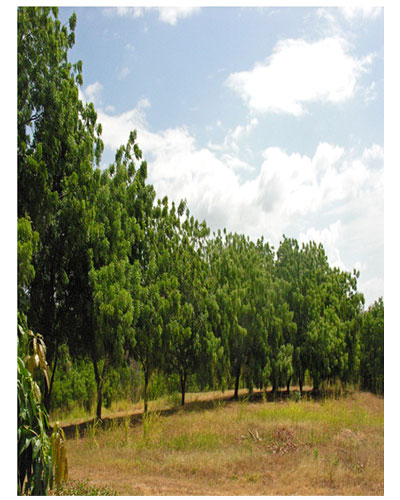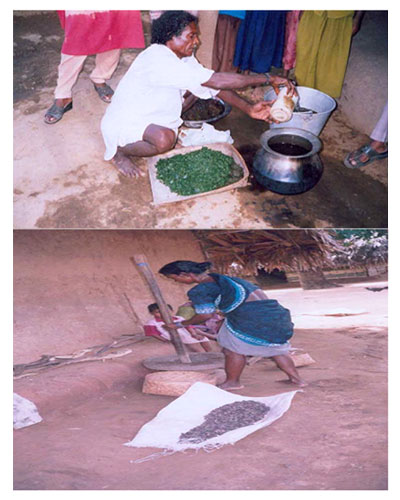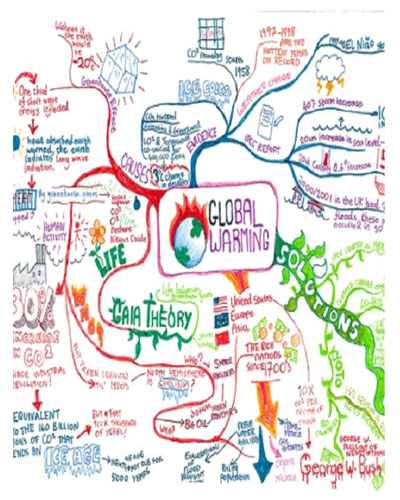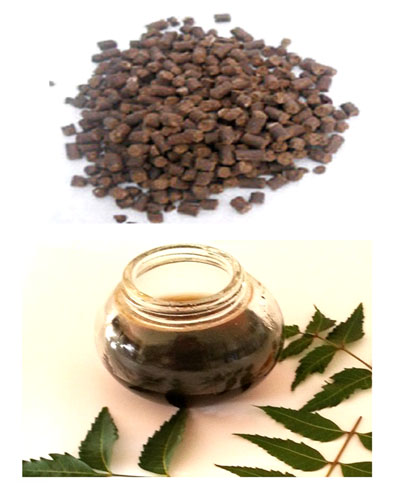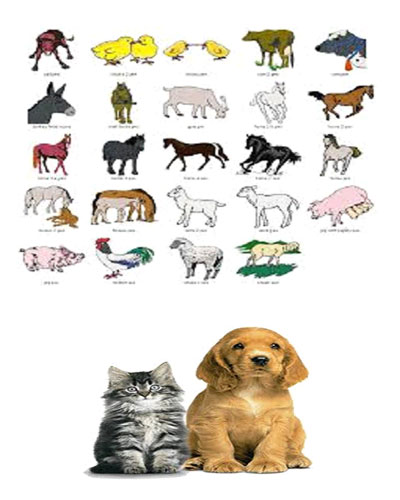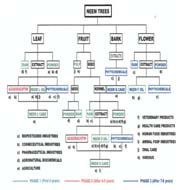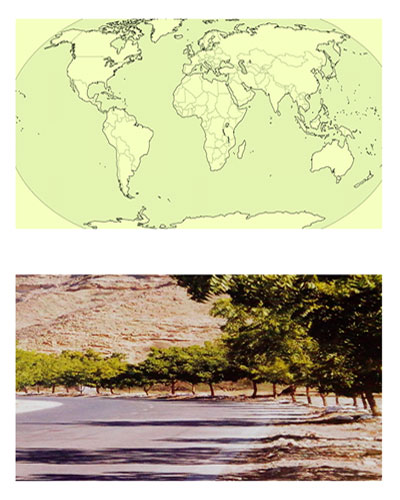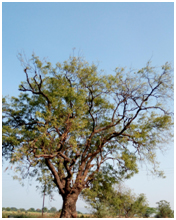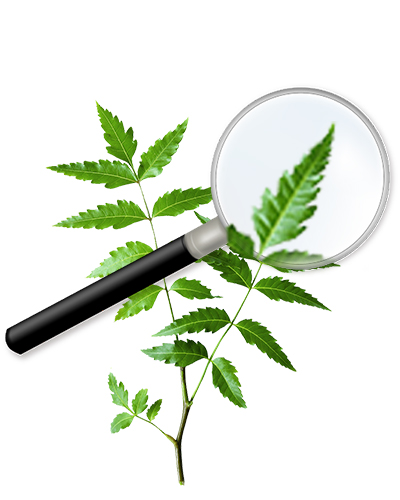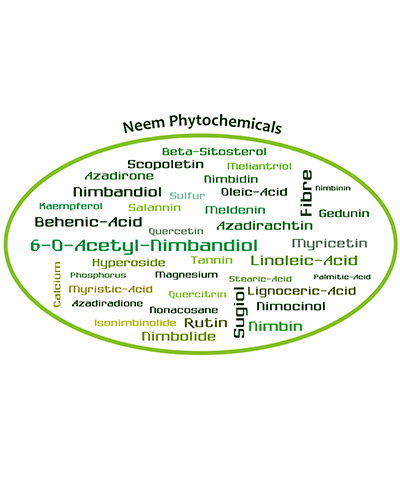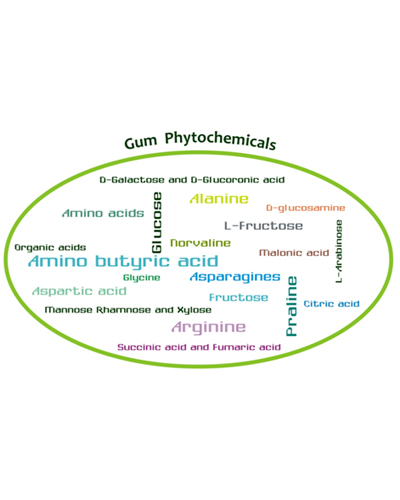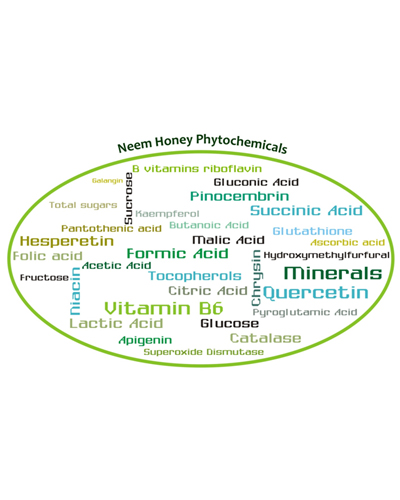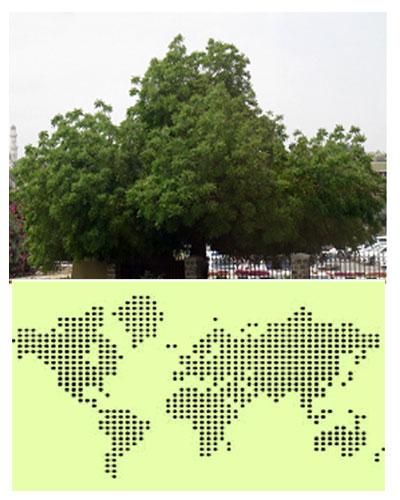The Kyoto Protocol to the UN Framework Convention on Climate Change (UNFCCC, 1997) has provided a vehicle for considering the effects of carbon sinks and sources, as well as addressing issues related to fossil fuels emissions. Carbon sequestration is a way to mitigate the accumulation of greenhouse gases in the atmosphere released by the burning of fossil fuels and other anthropogenic activities. Forest ecosystem plays very important role in the global carbon cycle. It is suggested that the global climate problem could be solved by planting a total of 500 million hectares of plantations even without parallel efforts to minimize carbon emissions from fossil fuel combustion. CO2 emissions from deforestation are about 2 billion tC/year over three times the emission from motor cars.
Neem plantation can be the great carbon sinks besides providing valuable seeds, fruits and leaves which are the raw materials for Biopesticide, Bio fertilizers, Pharmaceutical, Veterinary, Cosmetics, Cosmeceutical, and Personal care products etc. Neem plantations can give Carbon Credits to market in CTOs (Certifiable Tradable Offsets), by carbon sequestration and can play a main role in reducing/checking the greenhouse gas emissions.
Fast growing, with a large surface biomass and thick foliage, Neem has an impressive capacity to capture carbon from the atmosphere with a sequestration capacity of 12.27 tons per tree per year. One of the most resilient, hard wearing and durable timbers on the planet, Neem is an obvious choice for protecting and restoring the environment through long-term carbon entrapment. Neem is one of the most Powerful Tool in Environmental Protection.


